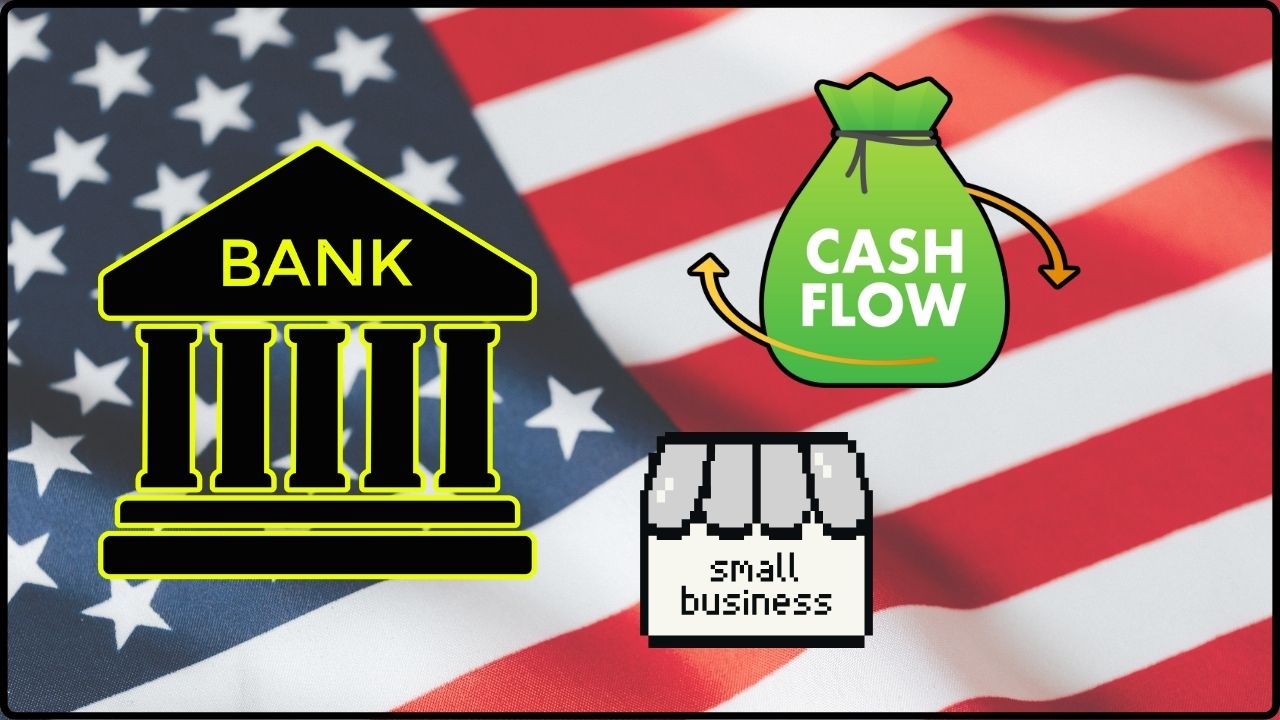Ford EV Sales Explode in August: If you’ve been watching the car market this year, you already know something big is happening: Ford EV sales exploded in August 2025. The company sold over 10,600 electric vehicles in a single month, a massive 19% jump compared to July. So, what’s fueling this wave of EV sales? It all comes down to two things: government tax credits that are about to disappear and Ford’s own aggressive buyer incentives. Put simply, when Americans see a deadline on a big discount, we act fast—and this is one of those moments.
Ford EV Sales Explode in August
The Ford EV sales surge in August 2025 proves one thing: Americans love a deal with a deadline. With nearly 11,000 EVs sold in a single month, Ford showed how powerful tax credits and smart incentives can be. But the future is uncertain. Once the $7,500 credit expires, demand could fall sharply. Whether you’re a driver, dealer, or investor, this moment is a turning point in the U.S. auto industry. The question isn’t just whether Ford can keep up the momentum—it’s whether America is truly ready to go all-in on EVs.
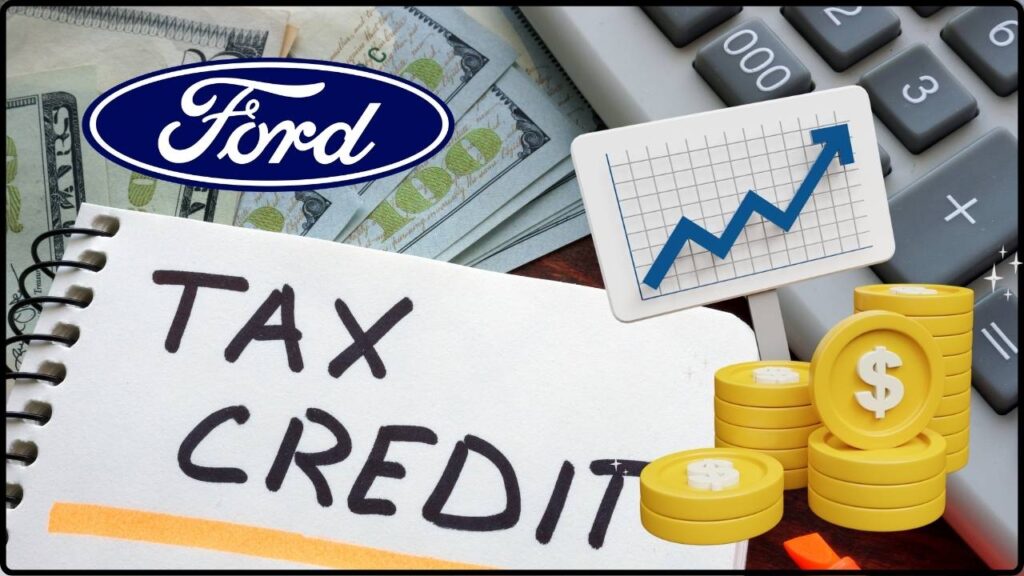
| Factor | Details |
|---|---|
| Sales Surge | Ford EV sales hit 10,671 units in August 2025, a 19% increase over July |
| Deadline | Federal $7,500 EV tax credit expires September 30, 2025 (IRS Guidance) |
| Buyer Incentives | Zero down payments, 0% APR for 48 months, free home chargers, deferred payments |
| Market Share | EVs made up a record 12.8% of U.S. car sales in August 2025 |
| Post-Deadline Risks | Analysts warn sales may drop up to 50% once the credits vanish |
Why Ford EV Sales Are Surging Right Now?
The formula behind Ford’s August boom is simple: combine urgency with incentives. Buyers know the clock is ticking on the $7,500 federal EV tax credit, and Ford is sweetening the deal with zero-interest financing, free chargers, and no-money-down offers.
For middle-class families looking at their budgets, that’s a no-brainer. Suddenly, the F-150 Lightning or Mustang Mach-E isn’t just a dream—it’s doable.
EV Tax Credit Explained (And Why It’s a Big Deal)
The federal EV tax credit has been the backbone of America’s electric car adoption for over a decade. But it’s not forever. Here’s the breakdown:
- You must sign a binding contract and pay a deposit by September 30, 2025.
- Delivery can happen later—you just need the deal in place.
- Not every EV qualifies; it depends on where it’s made and where its battery materials come from.
This program has brought EV ownership within reach for thousands of Americans, turning what was once a luxury option into a mainstream purchase.
Ford’s Incentives: Turning Heads at Dealerships
Ford isn’t just sitting back and letting the government do the heavy lifting. They’re hustling with their own set of perks:
- Zero down payment options—drive away today without dropping cash upfront.
- 0% interest loans for 48 months—a rare offer in today’s high-interest-rate economy.
- 90-day payment deferrals—great for families waiting on tax refunds or bonus checks.
- Free home charging stations—solving one of the biggest headaches for first-time EV buyers.
These perks make Ford’s EVs some of the most attractive deals on the market right now.
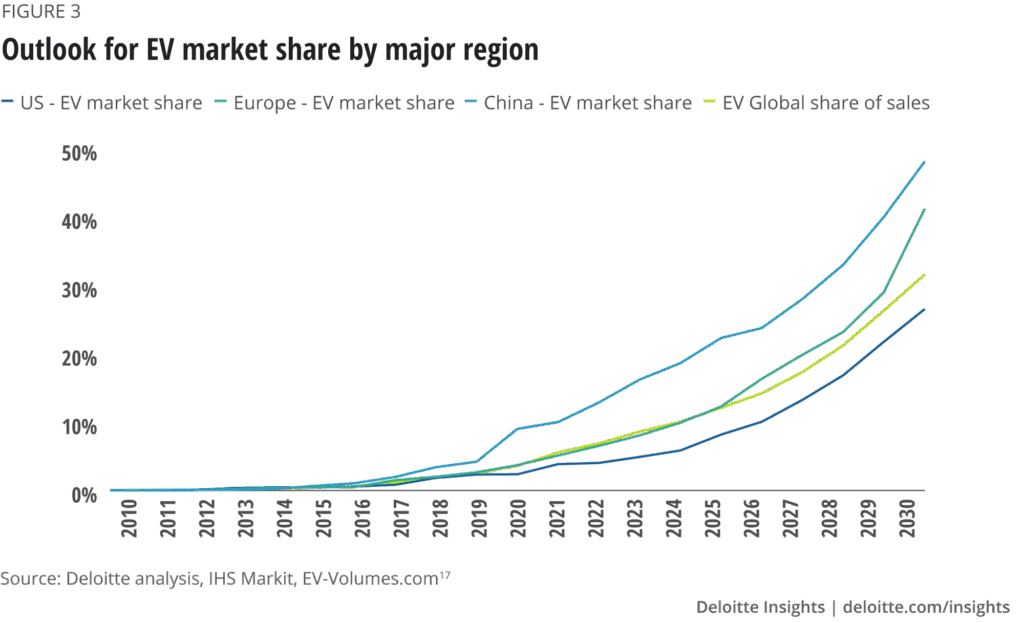
How Ford Stacks Up Against Tesla, GM, and Others?
Ford may be celebrating, but they’re not alone in the EV race.
- Tesla: Still the top dog overall, but its growth has cooled as newer competitors catch up.
- GM: Betting on trucks and SUVs like the Silverado EV and Cadillac Lyriq, aiming at premium buyers.
- Hyundai/Kia: Winning fans with futuristic designs like the Hyundai Ioniq 5 and Kia EV6.
- Volkswagen: Building momentum with the ID.4 in the mid-price range.
Ford’s unique edge? It has mainstream trucks and vans that appeal to workers, businesses, and families—not just luxury or tech enthusiasts.
The Bigger Picture: EV Adoption in the U.S.
Back in 2016, EVs made up less than 1% of U.S. car sales. They were seen as quirky, expensive, and limited. Fast-forward to today: in August 2025, EVs reached 12.8% of all car sales. That’s a 12-fold jump in less than a decade.
The key drivers have been:
- Falling battery costs.
- Expanding charging networks across highways and cities.
- Federal and state-level tax credits.
- Growing consumer awareness of climate issues.
The big question: can the market keep growing without government help?
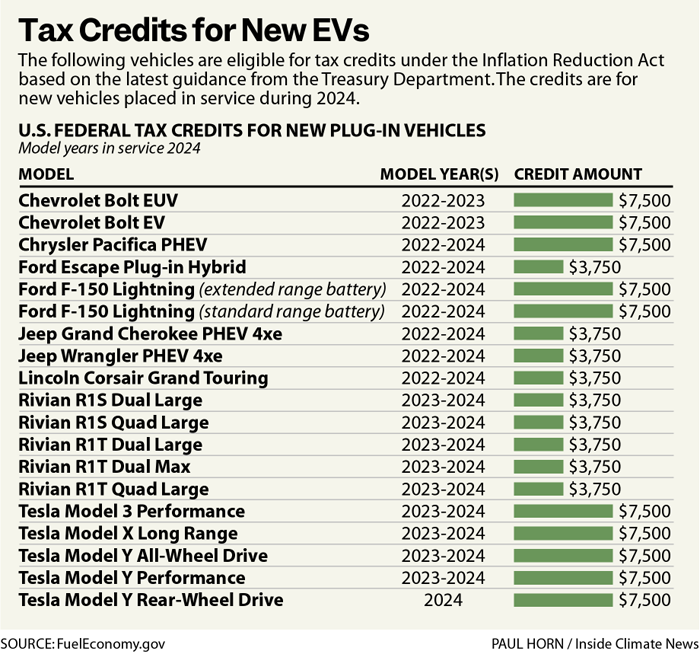
Should You Buy an EV Before the Deadline?
Let’s get practical. If you’re on the fence about buying an EV, here are the pros and cons.
Reasons to Buy Now
- The $7,500 tax credit is going away soon.
- Ford is stacking discounts on top of federal credits.
- EVs are now priced closer to gas cars than ever before.
- Public charging infrastructure is growing quickly.
Reasons to Wait
- Newer EV models in 2026 may have better range and features.
- Used EV prices may drop after the deadline as supply grows.
- Potential new policies could bring back incentives in different forms.
If your goal is max savings, now’s the time. If you’re more focused on long-term technology improvements, waiting may pay off.
Step-by-Step Guide: How to Claim the EV Tax Credit
- Pick Your Car: Make sure it’s on the IRS eligibility list.
- Sign a Contract: Needs to be legally binding, not just a quote.
- Make a Deposit: Even a small down payment locks in your eligibility.
- Keep Records: Save contracts and receipts for tax season.
- File Taxes: Claim the credit on your 2025 return.
Ford EV Sales Explode in August: Environmental and Lifestyle Benefits
Switching to an EV isn’t just about dollars—it’s also about lifestyle and the planet.
- Lower maintenance costs: No oil changes, fewer moving parts, less wear and tear.
- Cleaner air: EVs cut emissions, especially as more renewable energy powers the grid.
- Energy independence: Less reliance on foreign oil.
- Quiet driving: EVs are smooth and nearly silent on the road.
For families, businesses, and commuters, these perks can be just as valuable as the financial savings.
Policy Outlook: What’s Next for EV Incentives?
The federal credit may be ending, but that doesn’t mean EV policy is done. Here’s what could come next:
- State-level credits: Some states like California and New Jersey already offer extra EV rebates.
- Utility company programs: Power companies are offering rebates for home chargers or off-peak charging.
- New federal initiatives: Depending on the 2026 political climate, new EV or clean-energy credits could emerge.
So even if you miss this round, future support may still exist.
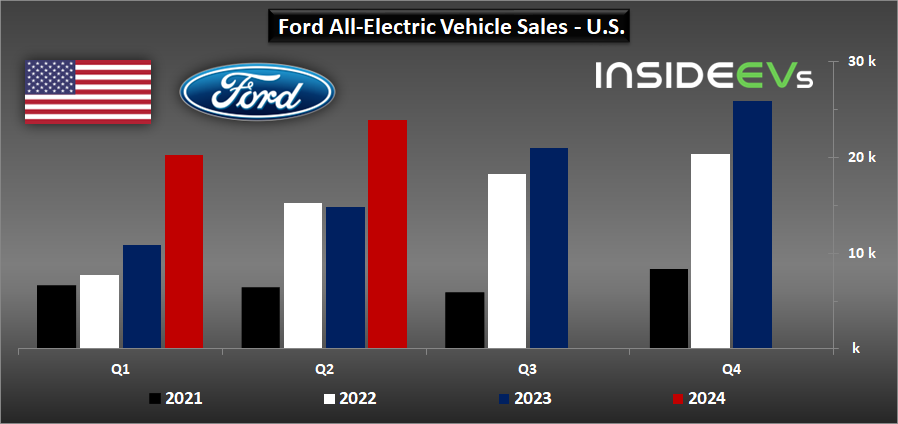
Professional Impact: Dealers, Workers, and Investors
The August sales boom is about more than just drivers—it’s shaking up the industry.
- Dealers: More EVs on lots mean new training for mechanics and sales staff.
- Workers: Ford’s EV plants in Michigan and Tennessee are buzzing, creating jobs.
- Investors: Stocks in automakers and battery companies are swinging with every sales report.
This is a pivotal moment for the auto industry, shaping careers and investments for years ahead.
High-End Electric Vehicles May Soon Attract 18% GST – Buyers Beware
GST Shake-Up May Drive Luxury EV Prices Higher — What It Means for India’s EV Market
Luxury EV Dream Just Got Pricier: Govt Set to Slap 18% GST, Will Prices Soar Overnight?








